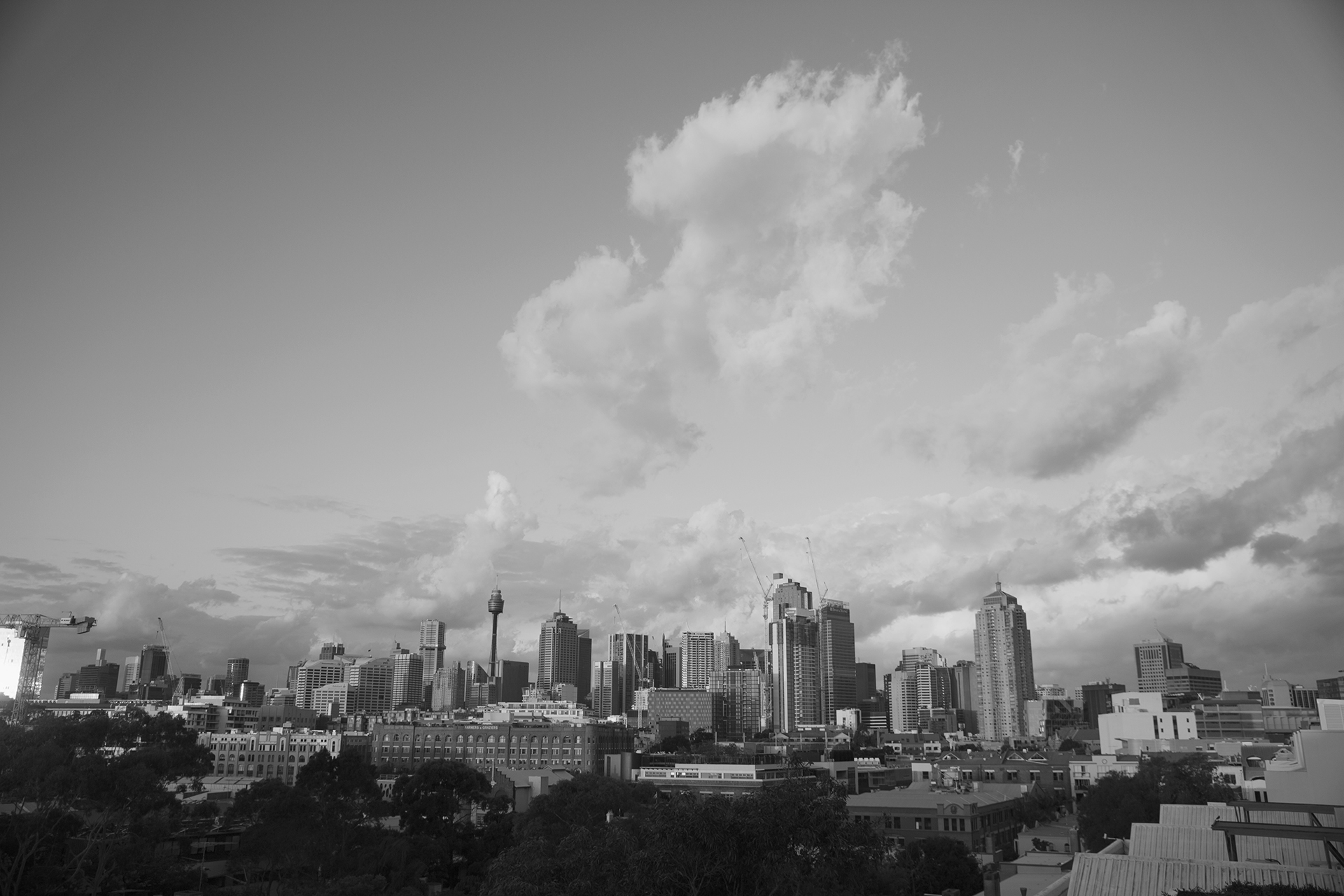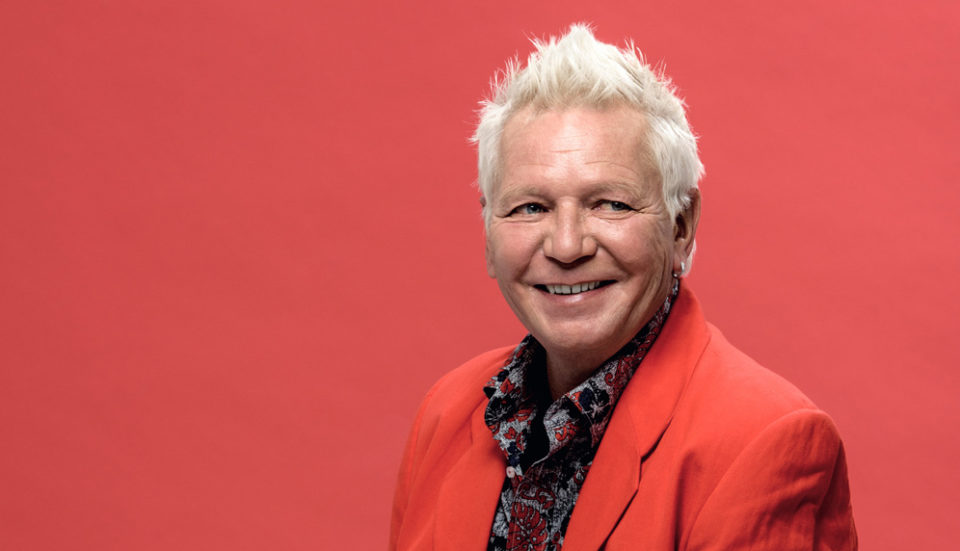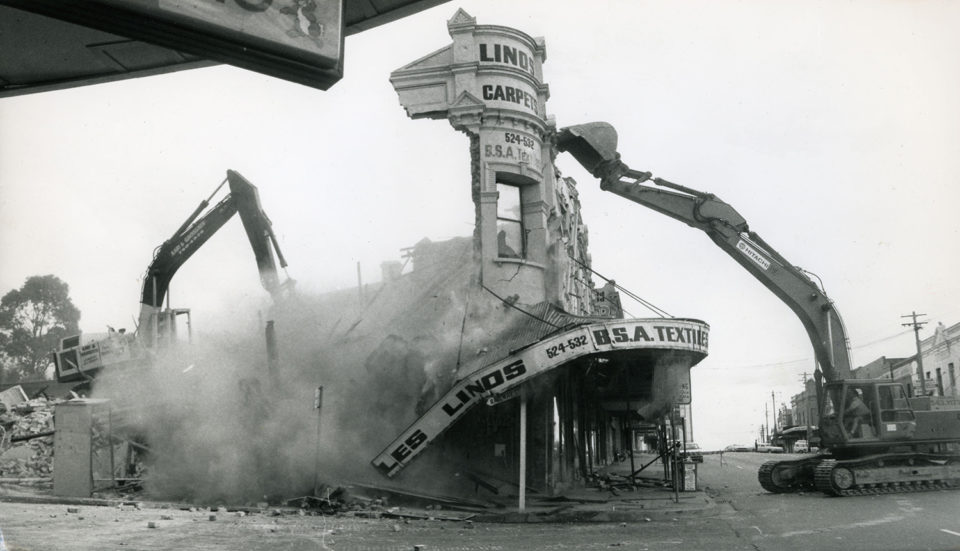When you look at Sydney from above you will notice two things. First, it’s huge. Second, it’s on the water. Depending on who you are, you might be able to spot your own brickwork or have to cast your eyes out over the meandering recess of metropolis to find the grey-brown ripple you call home, but it will always be expensive and increasingly so.
Hemmed in by the Pacific, Sydney has struggled to cope as huge levels of investment and people have flowed into the region from overseas and interstate. Reproductive sex has made a return and we are witnessing the cries of a localised baby boom.
Conditions favour unaffordability and unrecognisable change, but the headline figures of soaring house prices and record building completions fail to capture just how unequal and uneven the distribution of wealth and building has been. Investors have ransomed each other and owner-occupiers into unwieldy mortgages and the supply lever is being pulled hardest in areas where other levers – jobs and infrastructure – appear conspicuously unattended.
A centralised mass, long-suffering from a lack of investment in critical infrastructure, Sydney has become a Frankenstein’s monster of bricks, steel, glass and four million bodies trying to produce, distribute and consume things and access jobs.
The state government expects that by 2041 there will be over 680,000 more jobs in the east than the west. East lies the Global Economic Corridor between the Sydney Airport, the CBD, Chatswood and Macquarie Park and Parramatta and Sydney Olympic Park to the west, where nearly a quarter of the state’s GDP is presided over. If you can plug into a job somewhere in the city’s Golden Arc then you are assured a measure of financial security. The story can be very different for those living in areas uncoupled from key transport or employment ‘nodes.’
Oblivious, contemporary Australians are pushing deeper into the city’s periphery and higher into its skyline in search of an immodest return, wedded to the prevailing view of the home as an asset. The response from councils and developers has been extraordinary.
The amalgamated Bayside Council, which encircles Sydney Airport, hosted the construction of 3,251 apartments in the 12 months leading to January 2017. Parramatta, 4,731 apartments. Camden, 65 kilometres to the south-west of the CBD, witnessed the completion of 2,183 free-standing homes in the same 12-month period.
In some areas, the number of new homes with building approval is nearly double the already historical number of homes completed in the past year, meaning a hulking mass of housing ‘stock’ is about to be dumped on the local market. With talk of a property bubble now unavoidable, the risks of high growth could finally metastasise. Pete Wargent of AllenWargent property buyers has been watching the cancer closely. “Sydney hasn’t really had a big downturn since 2003-2004,” he recalls, “and the first part of Sydney to experience the downturn was Western Sydney the last time around and it spread from there.”
Wargent sees a “monumental” disjuncture between the money being dumped on fringe estates and the incomes of resident participants of these master-planned social experiments. “Prices have gone way out of proportion to what people can locally afford and a lot of it has been driven by investors who are probably priced out of the more expensive areas of Sydney.”
Flipping minerals for houses, the RBA’s 2012 decision to activate a residential construction boom to offset falling investment in mining construction soon enthralled Sydney and Melbourne households with private debt. In the event of a rout on house prices or an economic downturn, or both, it will be lower income areas, fringe areas and apartment-dominated popup cities that are hit first and hit hardest. In stark contrast to mines, people live in houses.
The Greater Sydney Commission, the state’s new strategic planning super-agency, has tasked itself with shock-proofing the city while addressing the growing equity divide between the east and the west. Key to this vision is that Sydney will now have three cities.
The Eastern City surrounding the CBD is home to the all-important financial, business and professional services sectors and such hallowed cultural institutions as the Opera House, Sydney Westfield and City Tatts. Greater Parramatta and the Olympic Peninsula (‘GPOP’) will be our Central City and attract the highest population growth with things called ‘smart jobs.’ The Western City is potentially the real game-changer, based around the future Western Sydney Airport.
But rearticulating the productive contours of a city the size of Sydney is not achieved overnight and it is a task made harder with the growth accelerator bricked to the floor.
The not-so-humble suburb of Camden is 65 kilometres from the Sydney CBD and has a median house price of $670,000. A report released in March by SGS Economics and Planning showed the South West district has one of the lowest economic growth rates in the metropolitan region of 2.5 percent. Despite this, the state government is backing the district as a Priority Growth Area and wants 31,450 new dwellings in the next four years. The airport is coming.
Most of this accumulation will occur west of the CBD but the inner city will see its share of change, with 46,550 dwellings required before 2021. That’s one new home every hour for five years. Across Greater Sydney, the Commission wants 725,000 new dwellings within the next two decades, based on current population estimates.
Dr Jennifer Kent, of the University of Sydney, studies the social and health effects of development. She warns that expansion and intensification of development at Sydney’s fringe may actually mean decreased affordability when the cost of travel as well as the cost of the dwelling is taken into account. It may also mean more time commuting, eroding time for healthier pursuits, family, friends and time in community. Community cohesion is also a big unknown.
“Preliminary investigations in Oran Park, for example, actually indicate a relatively strong community as a new group of people get to know each other. There are many new developments out there, however, that have not been as well planned and executed. Some have very little quality open space and poor access to shops and services. The impacts there may well be quite different.” Every suburb is different, for now.
“A healthier approach would be to encourage further regionalisation, to remove the heat of demand from Sydney’s market and give other areas a chance to grow,” says Kent.
The Greater Sydney Commission’s chance to progress with its vision of equity risks being dashed by the build-it-and-they-will-come mentality now reshaping the city in its garish self-image. Utopia being very much in the eye of the Utopian, the Commission could be fostering highly integrated western regions of distinct charm and economic independence or doing nothing more than finding innovative ways to deliver the status quo.
Its strategic plans contain the entire toolkit of quixotic buzzwords from contemporary urbanism – ‘productivity,’ ‘liveability,’ ‘sustainability’ and ‘resilience.’ Beneath their application these words describe the city as a system to be managed not by its people but by those with a sufficient grasp of its complexity. Worse, ‘resilience’ suggests that citizens should aim no further than survival.
Without more of a commitment to relieving the wealth affliction spreading from the eastern seaboard and directing investment into infrastructure that serves the western heart of population growth, Frankenstein’s monster may have its revenge.






